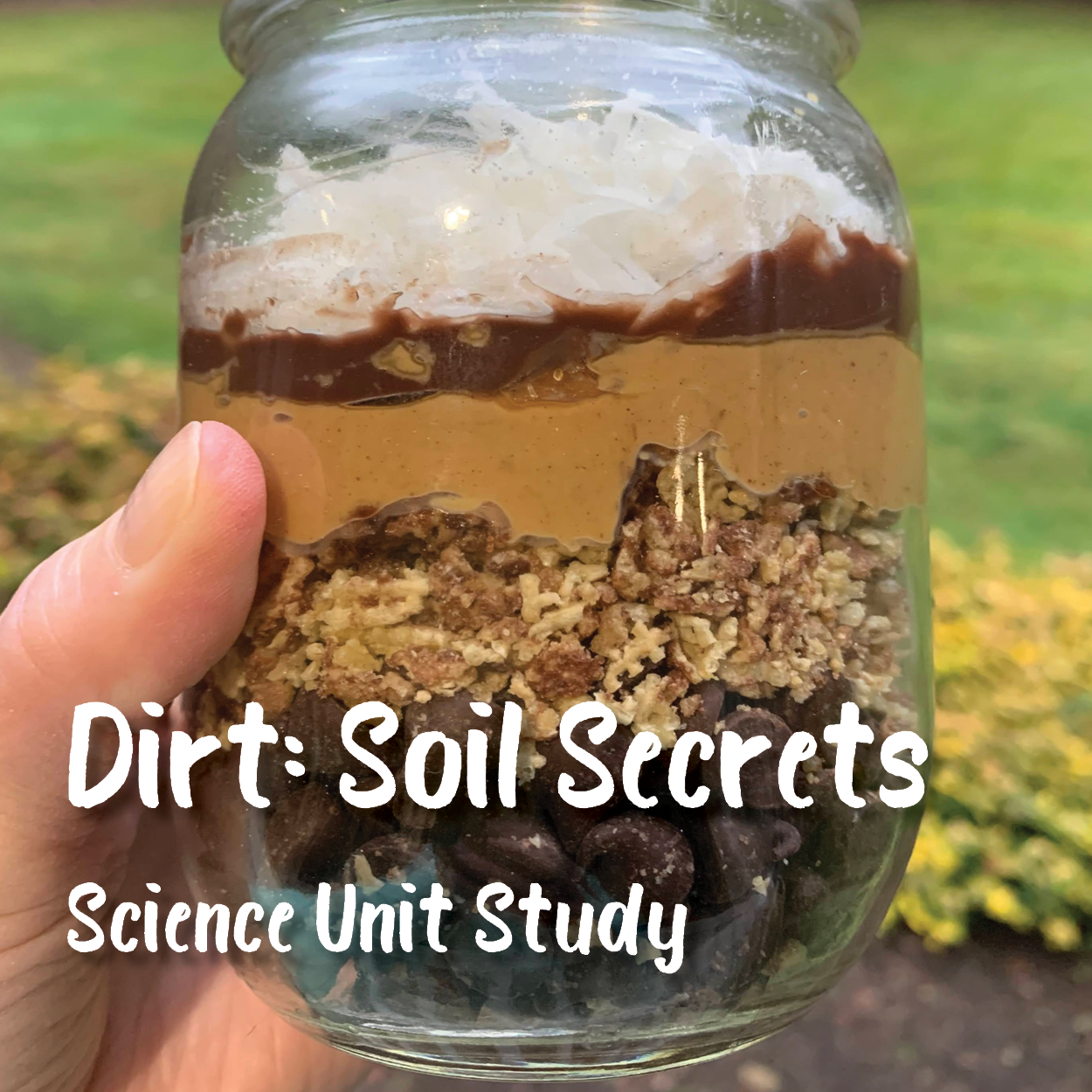Slime Science! STEAM Activity Guide
The Curious Kid’s Guide to the Science of Slime!
Get your hands dirty with ooey gooey slime! This STEAM activity guide is the perfect introduction to the scientific method for kids with incredible hands-on FUN slime science activities! Slime Science! can be used for a week or more as a secular homeschool unit study for a wide range of ages - perfect for family-style homeschooling. Kids will make slime and explore the chemistry and structure of slime. Then, create and experiment with different types of slime in a fun, open-ended project-based learning activity. These hands-on slime science activities are ideal for elementary through middle school-age children.
The Curious Kid’s Guide to the Science of Slime!
Get your hands dirty with ooey gooey slime! This STEAM activity guide is the perfect introduction to the scientific method for kids with incredible hands-on FUN slime science activities! Slime Science! can be used for a week or more as a secular homeschool unit study for a wide range of ages - perfect for family-style homeschooling. Kids will make slime and explore the chemistry and structure of slime. Then, create and experiment with different types of slime in a fun, open-ended project-based learning activity. These hands-on slime science activities are ideal for elementary through middle school-age children.
The Curious Kid’s Guide to the Science of Slime!
Get your hands dirty with ooey gooey slime! This STEAM activity guide is the perfect introduction to the scientific method for kids with incredible hands-on FUN slime science activities! Slime Science! can be used for a week or more as a secular homeschool unit study for a wide range of ages - perfect for family-style homeschooling. Kids will make slime and explore the chemistry and structure of slime. Then, create and experiment with different types of slime in a fun, open-ended project-based learning activity. These hands-on slime science activities are ideal for elementary through middle school-age children.
NorthStar’s STEAM activity guides can be used as a stand-alone secular science curriculum or as a homeschool unit study to bring variety and enhance the science curriculum of your choice. Slime Science! was designed with homeschool families in mind, but it is equally useful for classrooms, cooperatives, afterschool programs, summer camps, and science clubs. The flexible unit study plan encourages child-led learning with inquiry and discovery at the core of the activity design. With excellent books, math, and literacy activities, this guide is full of cross-curricular activities to extend the learning. All activities are kid-tested and kid-approved, so the fun is guaranteed!
This 25-page guide is packed full of easy, fun STEAM activities for elementary kids:
2 main hands-on STEM projects for elementary and middle school students ages 5-12 with detailed how-tos, troubleshooting, supply lists, and information about the science
Play-based math and literacy activities integrated into core projects
Big ideas prep adults with the main concepts, including the scientific method, elasticity, and viscosity
Curious questions prompt inquiry-based learning for deep science exploration and discovery
4 carefully selected living book recommendations - Excellent book selections which highlight key scientific topics and share the science behind slime (books are not required to complete the study)
Engaging kid-approved media recommendations to explain the science
Notebooking activities and templates - kids will make a “Discovery Journal” to track and reflect on learning
Slime recipe cards and labels that make great gift ideas!
The Great Slime Showdown tracking sheet to analyze slime versions and experiments
Level indicators to make it easy to select activities or differentiate for the ages of your learners - from early elementary through middle school
NOTE: This product is a digital download. No physical copy will be sent. Sales are final. We recommend downloading within the first 24 hours. You are purchasing a document license for one household only. Please do not share or redistribute - our small business depends on your honesty!
If you are looking for printing services, we have partnered with Watson Family Press to provide our customers with discounted printing costs. The code will be provided to you in your download email.
The NorthStar Approach - A Learning Adventure
Engage: Great books and media recommendations help teach the big ideas.
Explore: Hands-on science explorations, process art, food fun, and more provide multi-sensory learning experiences to deepen understanding.
Express: Children are encouraged to track their observations in their Discovery Journal and to reflect on their key discoveries at the end of their studies.
Extend: Children are encouraged to take it further with resources to deepen learning about the topic and additional project ideas. Each lab includes optional cross-curricular extensions, including math and literacy activities with poetry copy work, wordplay, math fun, and story starters.
Praise for “Slime Science”
“It was WAY more fun than I anticipated. This is not a one-and-done activity and what we did today not only introduced the kids in a very fun way to the scientific method, but it also laid out the framework for forming more questions and predictions in the future. We started off by coloring this morning and listening to the suggested podcast, which was good for me bc of the kids didn’t catch some facts, I was able to so that when we were experimenting, I could describe the science behind what was happening in real-time. We made three types of slime (Basic, Stretchy, and Fluffy) May I suggest the basic recipe with cornstarch to be done last; it was by far the messiest and the most fun. The kids learned some new terms: viscosity, non-Newtonian fluid, and elasticity while they were engaged hands-on. We will definitely be coming back to this activity so we can continue experimenting with new recipes and comparing them for the ‘The Great Slime Showdown’ section.” - B. Acciavatti, eclectic homeschoolers @homeschoolingtheacciavattis
-
NGSS K-2-ETS1-1 : Ask questions, make observations, and gather information about a situation people want to change to define a simple problem that can be solved through the development of a new or improved object or tool.
NGSS 3-5-ETS1-3: Plan and carry out fair tests in which variables are controlled and failure points are considered to identify aspects of a model or prototype that can be improved.
NGSS 2-PS1-1: Plan and conduct an investigation to describe and classify different kinds of materials by their observable properties. Observations could include color, texture, hardness, and flexibility. Patterns could include the similar properties that different materials share.
NGSS 2-PS1-2: Analyze data obtained from testing different materials to determine which materials have the properties that are best suited for an intended purpose. Examples of properties could include, strength, flexibility, hardness, texture, and absorbency. Assessment of quantitative measurements is limited to length.
NGSS MS-PS1-2: Analyze and interpret data on the properties of substances before and after the substances interact to determine if a chemical reaction has occurred. Examples of reactions could include burning sugar or steel wool, fat reacting with sodium hydroxide, and mixing zinc with hydrogen chloride. Assessment is limited to analysis of the following properties: density, melting point, boiling point, solubility, flammability, and odor.










